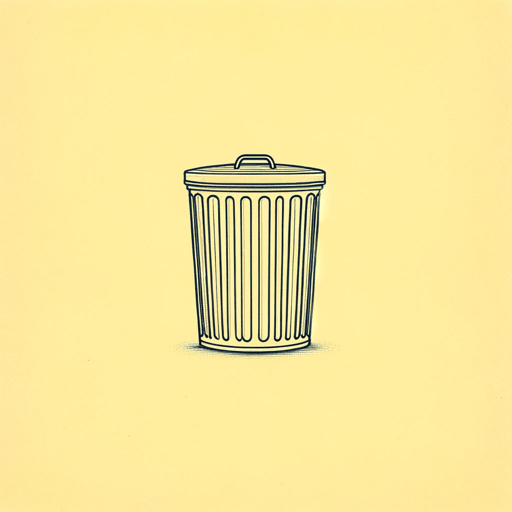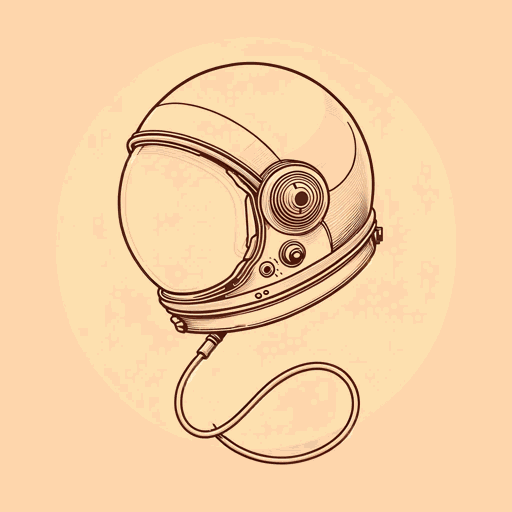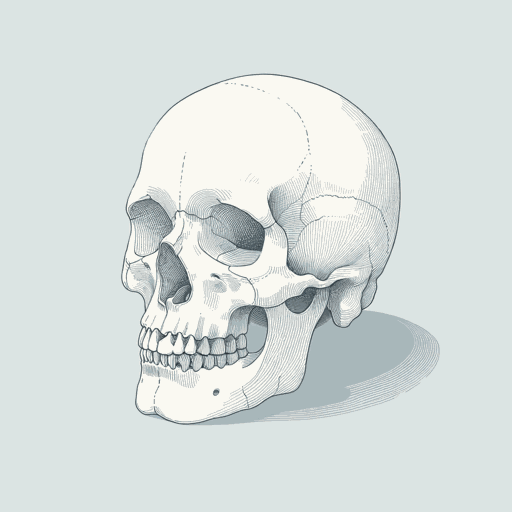56 pages • 1 hour read
Mary RoachFuzz: When Nature Breaks the Law
Nonfiction | Book | Adult | Published in 2021A modern alternative to SparkNotes and CliffsNotes, SuperSummary offers high-quality Study Guides with detailed chapter summaries and analysis of major themes, characters, and more.
Background
Literary Context: Popular Science Writing
Scientific thinkers from ancient civilizations often wrote down and shared their ideas and findings with others, who also shared their writings. This practice allowed scientific thought to be preserved, as many original documents were destroyed but the copies survived. As centuries passed and scientific methods became more refined, writing about science split into two distinct types: scientific writing and science writing. Scientific writing includes research and theories written by scientists and is intended to be read by other scientists. Nature, Science, and the New England Journal of Medicine are examples of peer-reviewed publications of scientific writing. Science writing, on the other hand, may or may not be written by scientists and is intended for a broader audience. Popular science writing may discuss scientific research and methodology, but it is told in a more journalistic or narrative style, using language that is more accessible to a non-scientific audience. The narrative type is considered creative nonfiction; factual, nonfiction works that employ some literary devices used in fiction.
Mary Roach is not a scientist but a writer. Her books, including Fuzz, fall into the popular science category. Unlike straight journalism, in which the author usually stays out of the story itself, Roach includes herself in her stories.
Related Titles
By Mary Roach
Featured Collections
Animals in Literature
View Collection
Common Reads: Freshman Year Reading
View Collection
Earth Day
View Collection
Equality
View Collection
Laugh-out-Loud Books
View Collection
Mortality & Death
View Collection
New York Times Best Sellers
View Collection
Science & Nature
View Collection
True Crime & Legal
View Collection



